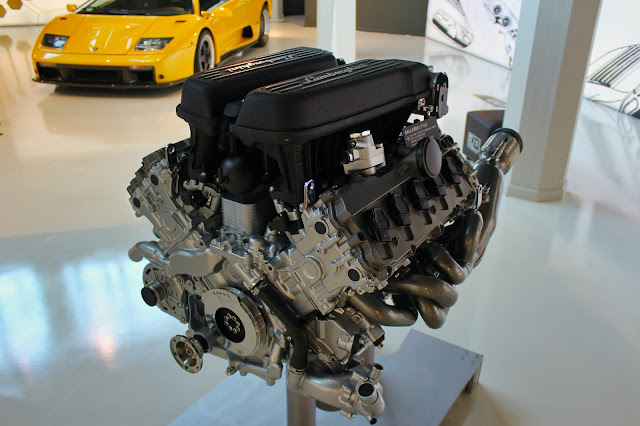An engine flush is a maintenance procedure performed on an internal combustion engine, typically in vehicles such as cars, trucks, and motorcycles. The purpose of an engine flush is to clean out any deposits, sludge, or contaminants that may...
An engine flush is a maintenance procedure performed on an internal combustion engine, typically in vehicles such as cars, trucks, and motorcycles. The purpose of an engine flush is to clean out any deposits, sludge, or contaminants that may have built up inside the engine over time. It's considered a preventative maintenance step to help prolong the life of the engine and maintain its performance.
Here's how an engine flush is typically done:
1. Choose the Right Engine Flush Product: There are various engine flush products available on the market. These products typically consist of cleaning chemicals and detergents designed to break down and remove deposits inside the engine.
2. Prepare the Vehicle: Ensure that the engine is at operating temperature. This is usually done by running the engine for a few minutes.
3. Drain the Old Oil: Before adding the engine flush product, the old engine oil is usually drained from the vehicle.
4. Add the Engine Flush Solution: The engine flush product is poured into the engine through the oil filler cap. It's important to follow the manufacturer's instructions regarding the correct quantity and procedure for adding the flush product.
5. Idle the Engine: With the engine flush product in the engine, the vehicle is usually left idling for a specified period, typically around 10-15 minutes. This allows the cleaning agents in the flush product to circulate through the engine and break down deposits.
6. Drain the Engine Flush Product: After the idle period, the engine flush product is drained along with any loosened deposits and contaminants. This is typically done by removing the oil drain plug.
7. Replace the Oil Filter: A new oil filter is installed.
8. Add Fresh Engine Oil: Fresh engine oil is added to the engine to replace the oil that was drained along with the engine flush product.
9. Dispose of Waste Properly: The used engine flush product and oil are disposed of in accordance with local environmental regulations.
It is important to note that engine flushes are not recommended for all vehicles or situations. Here are some considerations for engine flush techniques:
I) Consult the vehicle's owner's manual or a qualified mechanic to determine if an engine flush is appropriate for your vehicle.
II) Engine flushes are often recommended for older vehicles with significant sludge or deposit buildup. They may not be necessary for newer vehicles with regular oil changes.
III) Some modern engines, especially those with advanced lubrication systems, may not benefit from engine flushes, and the procedure can even be detrimental.
IV) It's crucial to use the right type and quantity of engine flush product and to follow the manufacturer's instructions carefully.
Finally, an engine flush is a maintenance procedure aimed at cleaning the inside of an internal combustion engine. It should be done with caution, following proper procedures and guidelines, and only when necessary for your specific vehicle and its maintenance needs. Always consult with a professional mechanic if you're unsure whether an engine flush is appropriate for your vehicle.
















